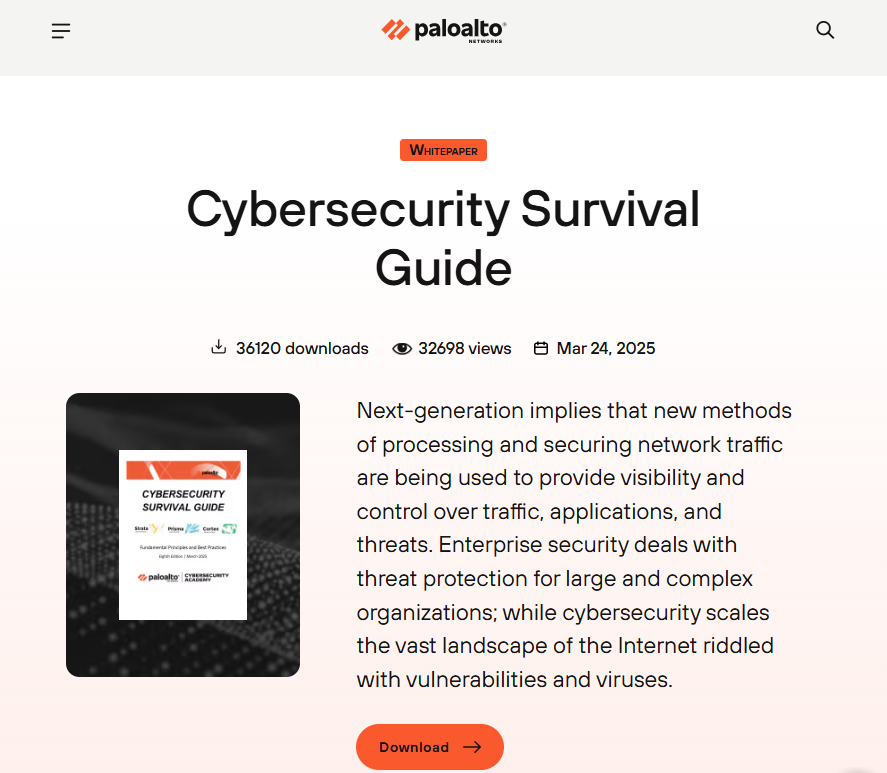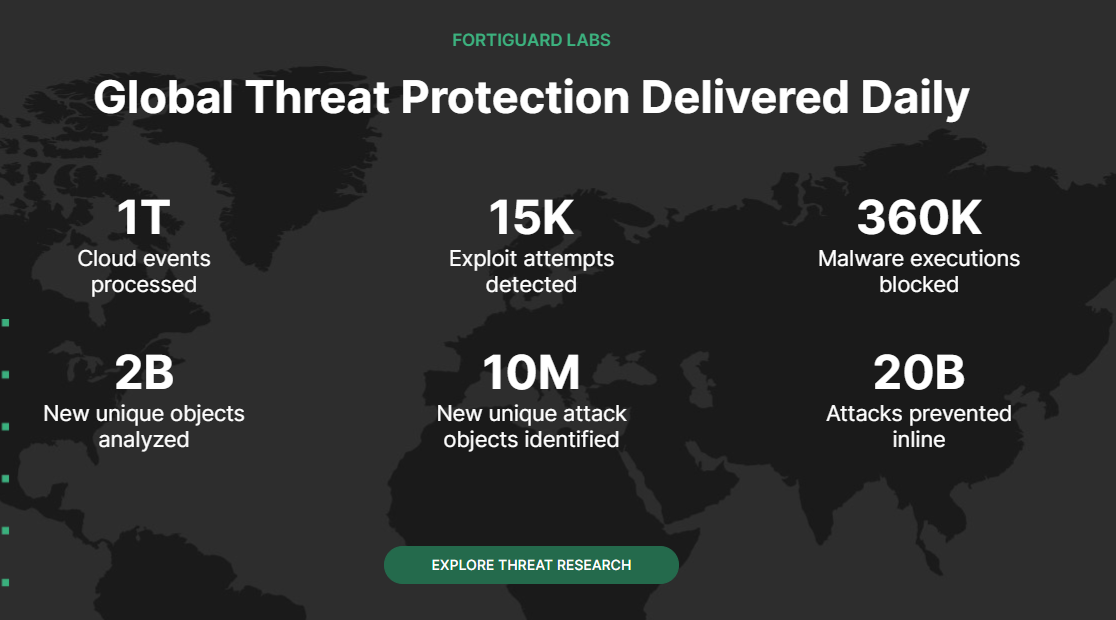Most cybersecurity companies promise protection. The real question is—who actually earns trust? In today’s crowded market, top-tier solutions aren’t enough. Cybersecurity companies need branding that builds credibility, educates users, and makes complex ideas easy to understand. Below, we explore six cybersecurity companies that have stand-out brands and share lessons others can apply.
1. The Power of Proactive Messaging
Example: CrowdStrike
CrowdStrike’s tagline, “We stop breaches,” is direct, urgent, and action-oriented. It immediately communicates their core value proposition: prevention over reaction. Their messaging emphasizes AI-driven security and real-time threat detection, reinforcing the idea of proactive protection.
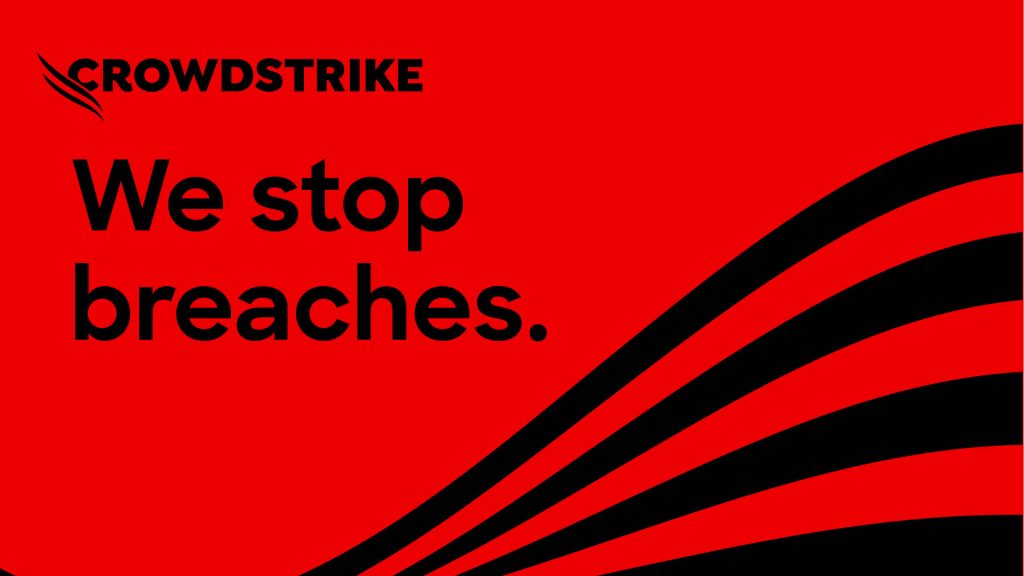
Lesson for Other Cybersecurity Companies
Cybersecurity companies should highlight how they prevent threats rather than just reacting to them. Messaging should emphasize security as a proactive investment rather than an emergency measure.
2. Trust-Building Through Thought Leadership
Example: Palo Alto Networks
Palo Alto Networks avoids fear-based messaging, instead positioning itself as a thought leader through whitepapers, research reports, and expert insights. Their tagline, “Safeguarding our digital way of life,” conveys protection without alarmism.
Lesson for Other Cybersecurity Companies
Establish credibility by consistently providing valuable insights, research, and educational content. Cybersecurity companies should prioritize trust-building narratives over scare tactics.
3. Balancing Simplicity and Technical Depth
Example: Bitdefender
While some cybersecurity companies use complex, technical language, Bitdefender makes security accessible with consumer-friendly messaging. Their branding focuses on “AI-powered protection” in simple, digestible terms, making cybersecurity more approachable for non-experts.
Lesson for Other Cybersecurity Companies
Not all audiences are IT professionals. Brands should simplify cybersecurity messaging to reach a broader audience while maintaining technical credibility for industry experts.
4. Building Credibility Through Proven Results
Example: Fortinet
Fortinet reinforces its expertise by highlighting real-world impact—like detecting over 15,000 exploit attempts and identifying 10 million unique attack objects. These data points are prominently displayed on their website, backing up their claims with tangible proof of performance.
Lesson for Other Cybersecurity Companies
Don’t just say you’re effective. Prove it. Use real metrics, case studies, or threat intelligence stats to show the impact of your technology. Credibility is earned through consistent results, not just bold claims.
5. Visual Identity and Branding Consistency
Example: Arctic Wolf
Arctic Wolf stands out with a cohesive brand experience—crisp visuals, a cool-toned color palette, and messaging that consistently reinforces their “Security Operations” positioning. Their website, social media, and sales materials all reflect the same clear, intentional brand.
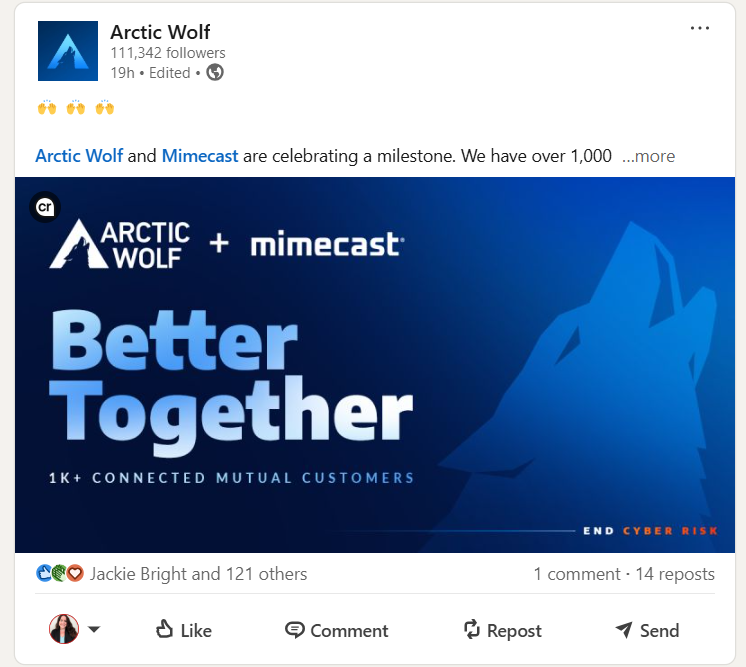
Lesson for Other Cybersecurity Companies
A strong brand isn’t just about logos and colors—it’s about consistency. Align your visuals, tone, and messaging across every touchpoint to reinforce recognition and build trust over time.
Want to dive deeper into why consistent branding builds trust and credibility in cybersecurity? Check out our blog on the Psychology of Cybersecurity Branding.
6. Engaging Audiences Through Social Media
Example: F12.net
F12.net does a great job using social media to share cybersecurity trends, webinars, and thought leadership content. Their messaging balances business continuity with proactive security, ensuring they remain relevant in conversations about IT and security.
Lesson for Other Cybersecurity Companies
Cybersecurity brands should leverage social media not just for promotion, but for education and engagement. Interactive content, cybersecurity challenges, and Q&A sessions can improve audience interaction.
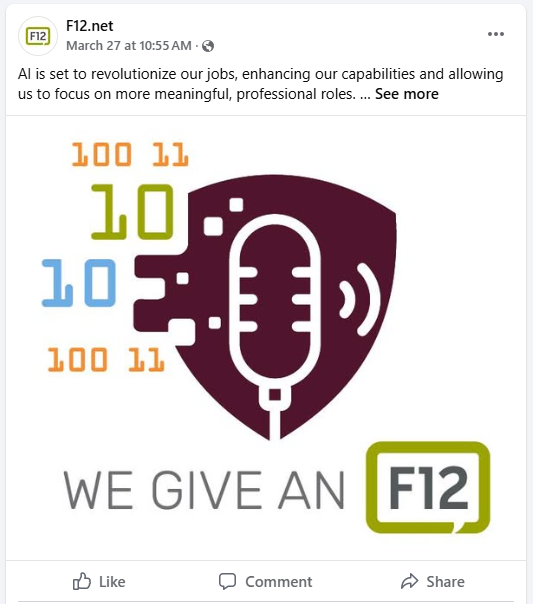
Key Takeaways for Cybersecurity Companies
- Prioritize Prevention: Position your brand as a proactive security solution rather than just a reactive service.
- Build Trust Through Thought Leadership: Share research, reports, and expert insights to establish credibility.
- Simplify Complex Concepts: Use clear, concise messaging that appeals to both technical and non-technical audiences.
- Differentiate with Innovation: Highlight what makes your cybersecurity solution unique and why it matters.
- Create a Strong Visual Identity: Use colors, logos, and imagery that reinforce security and reliability.
- Engage on Social Media: Connect with audiences through interactive content, education, and discussions.
How Smaller Cybersecurity Companies Can Compete and Win
The companies featured in this blog have substantial revenue streams and well-funded marketing departments. But we know that’s not the reality for most cybersecurity companies. At CyberBridge Marketing, we help growing cybersecurity companies build strong, strategic brands—without needing an enterprise-sized budget. Whether you’re refining your messaging or starting from scratch, we simplify the process and focus on what drives results.
Book a free consultation with our leadership team to explore how we can support your next stage of growth.tion and engagement. Interactive content, cybersecurity challenges, and Q&A sessions can improve audience interaction.
Let’s Work Together
Ready to grow your business? Let’s bridge the gap between your expertise and your ideal clients.
